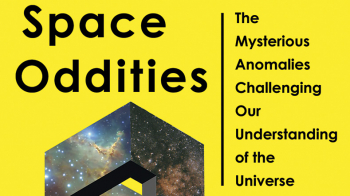The annual CERN School of Computing displays the continual close symbiosis between computing and physics. For the 1998 (21st) CERN School of Computing in Madeira, the programme was organized around four themes: agent and distributed computing technology; intelligent monitoring and control; petabyte storage (databases); and software evolution.
The School was organized by CERN in collaboration with LIP, Lisbon and the University of Madeira. 67 students (from 45 institutes, 22 countries and of 22 nationalities) attended, of which 14 were funded by the European Commission and by UNESCO.
After general lectures in the first week, the second week was oriented towards computing problems for particle physics and the LHC programme.
Practical exercises are an important part of the programme and require a complex computing infrastructure. Computing and peripheral equipment was provided by and via CERN. Equipment lent by various manufacturers was delivered to CERN where it was set up, tested, dismantled and shipped to Funchal, Madeira. Portuguese colleagues ensured the provision of the necessary network connection from Funchal via the University of Madeira, Lisbon and CERN and, together with students from Madeira, helped in the installation. Setting up this complex computing facility, even if only needed for a short time, needed close collaboration and was widely appreciated.
The 22nd CERN School of Computing will take place in Stare Jablonki, Poland, from 12-25 September, organized in collaboration with Warsaw University (IFD) and the Department “Internet For Schools” of the Foundation in Support of Local Democracy (IdS). The themes for 1999 are: advanced topics; LHC experiments data communication and data processing systems; software building; and Internet software technologies.
The School is open to postgraduate students and research workers with a few years’ experience in elementary particle physics, computing or related fields. The number of participants will be about 80, mostly from the CERN Member States or from laboratories closely associated with CERN, but a few may come from elsewhere.








